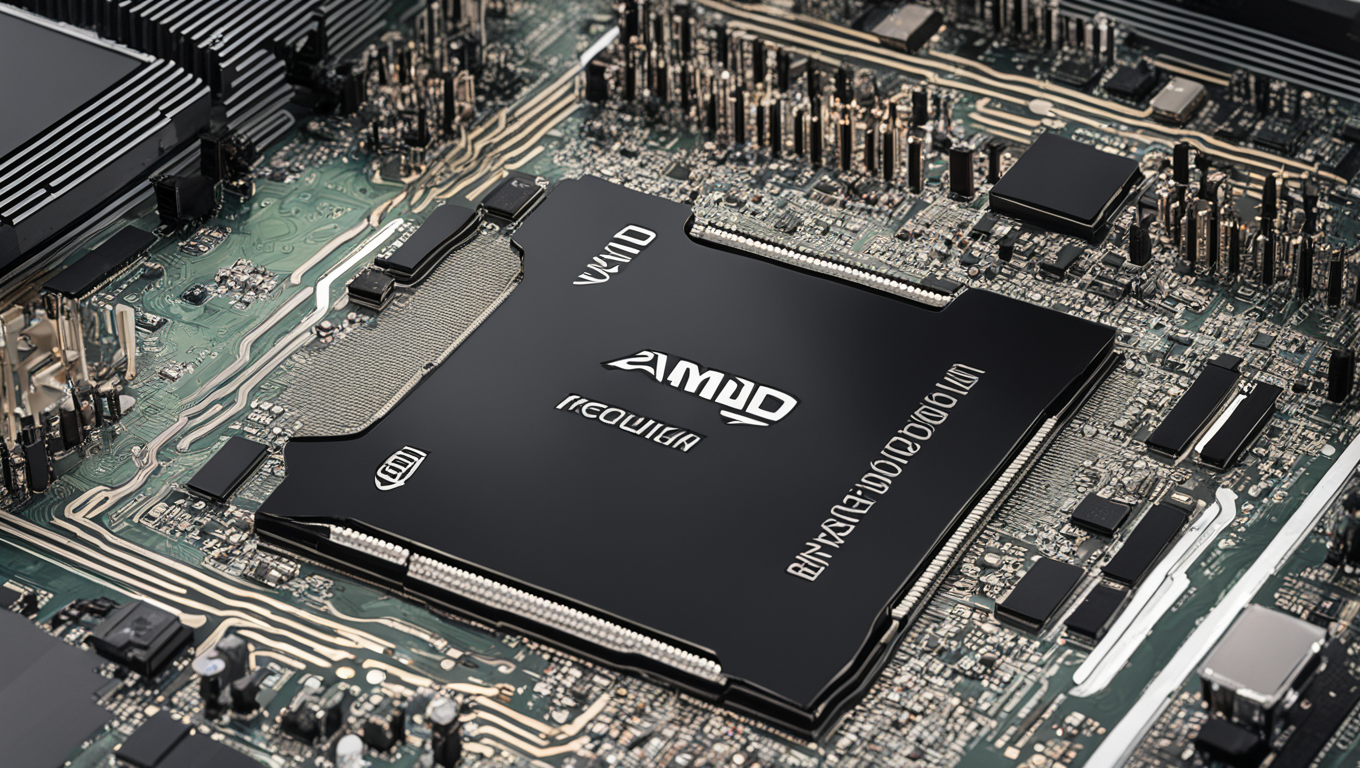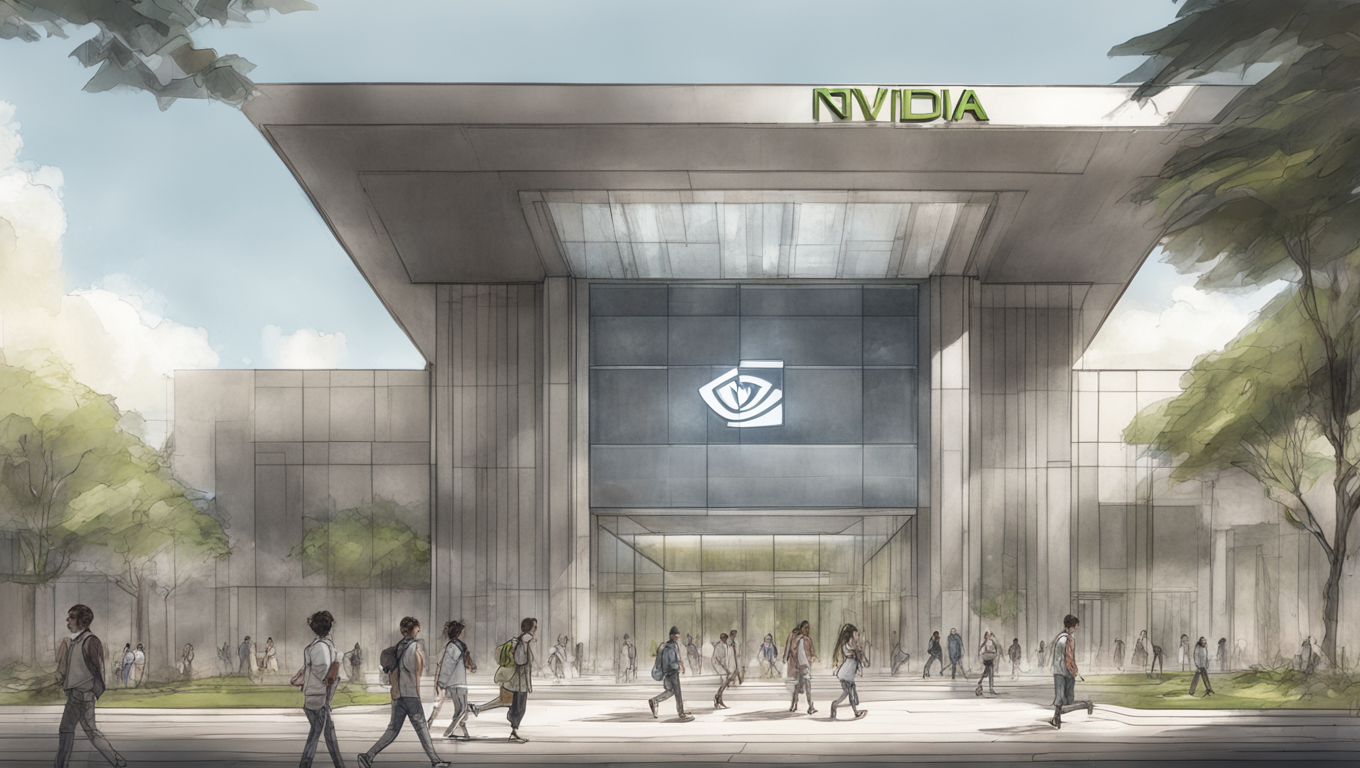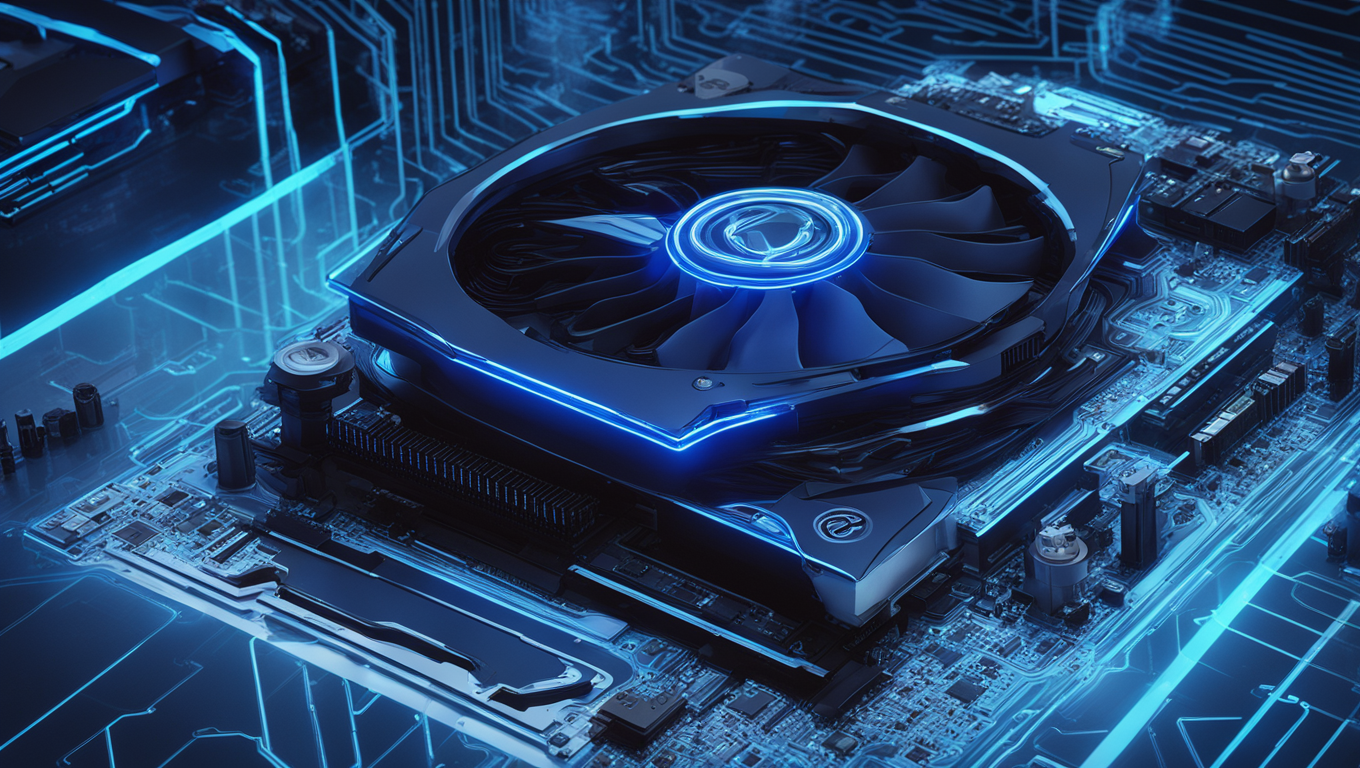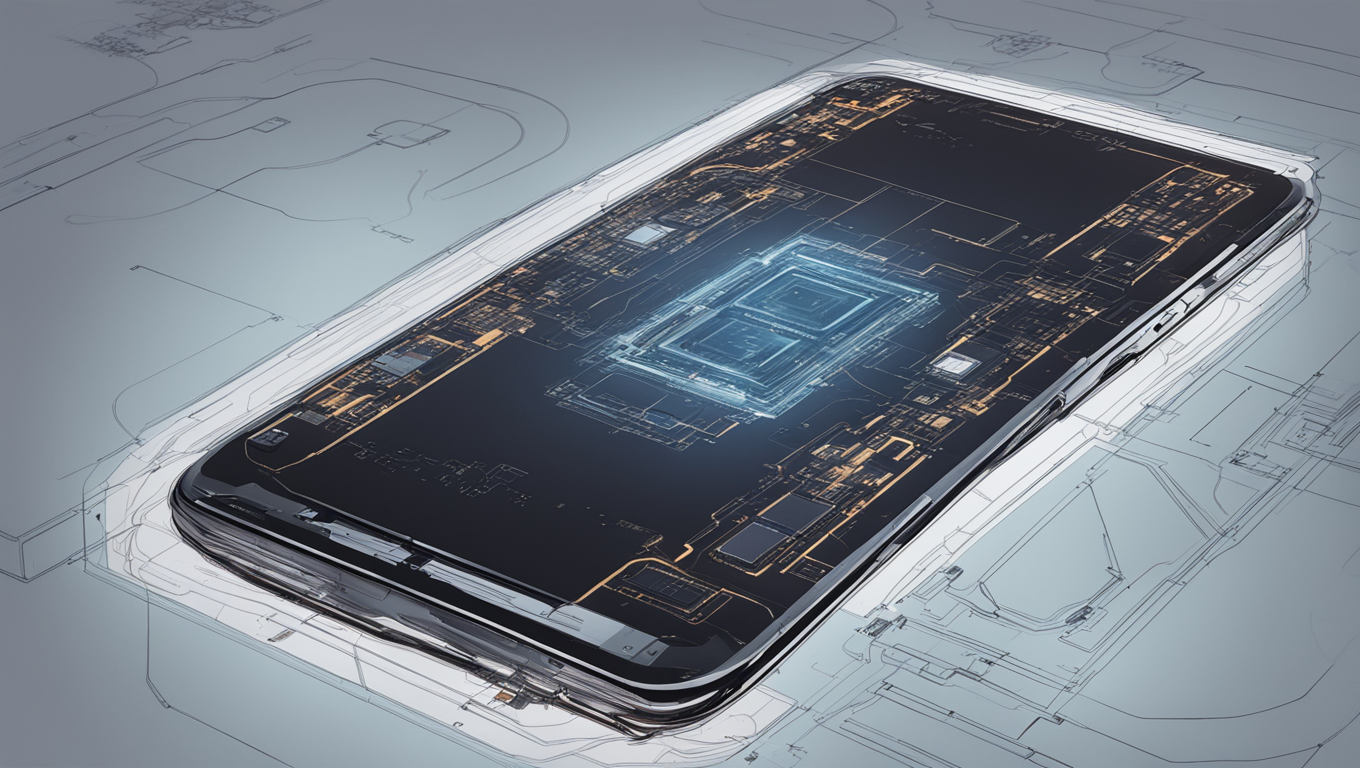Nvidia, a leading provider of artificial intelligence computing chips, is ready to challenge Intel’s stronghold on personal computers. The company has reportedly started designing central processing units (CPUs) that would support Microsoft’s Windows operating system using technology from Arm Holdings. This move is part of Microsoft’s initiative to help chip companies develop Arm-based processors for Windows PCs. It’s a strategic play to compete with Apple, which has gained significant market share by using its own Arm-based chips in Mac computers.
But Nvidia is not alone in its pursuit. Advanced Micro Devices (AMD) also has plans to enter the Arm-based PC chip market. According to sources, both Nvidia and AMD could be selling their PC chips as early as 2025. Qualcomm, another player in the industry, has been developing Arm-based chips for laptops since 2016. In fact, the company is expected to unveil more details about a flagship chip designed by a team of ex-Apple engineers at an upcoming event.
The entry of Nvidia, AMD, and Qualcomm into the PC chip market could be a game-changer. Intel has long dominated this industry, but Apple’s custom chips have challenged its position. Apple’s Arm-based chips offer better battery life and improved performance compared to energy-hungry alternatives. Microsoft, seeing the potential of Arm-based chips, aims to achieve similar performance for its Windows PCs.
In 2016, Microsoft enlisted Qualcomm to lead the effort in transitioning the Windows operating system to Arm’s underlying processor architecture. The deal included exclusivity for Qualcomm to develop Windows-compatible chips until 2024. However, once the exclusivity arrangement ends, Microsoft is open to other chipmakers entering the market. The goal is to avoid dependency on a single vendor, as experienced in the past with Intel.
Microsoft has been encouraging chipmakers involved in the project to incorporate advanced AI features into the CPUs they are designing. The company sees AI-enhanced software, such as its Copilot, becoming an integral part of the Windows experience. This means that future chips from Nvidia, AMD, and others will need to allocate resources on the chip to support these AI features.
However, the transition from x86 architecture, which is currently the standard for Windows-compatible chips, to Arm-based designs is not without challenges. Software developers have invested significant time and resources in writing code for x86 chips. Moving to Arm-based designs will require reevaluation and potentially rewriting of code. Additionally, Intel has also been integrating AI features into its chips and recently showcased a laptop running features similar to ChatGPT directly on the device.
The entry of Nvidia, AMD, and Qualcomm into the Arm-based PC chip market opens up new possibilities for the industry. It offers a chance for greater competition and innovation, as well as the potential for improved performance and energy efficiency in Windows PCs. However, success is not guaranteed, and challenges lie ahead in terms of software compatibility and customer adoption. Only time will tell if these efforts pay off and whether Arm-based chips can shake up the PC industry as Apple’s chips have done in recent years.
As this story unfolds, it will be interesting to see how Intel responds to the increasing competition and how the PC market evolves with the introduction of Arm-based chips. The next few years could mark a significant shift in the landscape of personal computing, and consumers may soon have even more options when it comes to choosing a PC that meets their needs.





Use the share button below if you liked it.